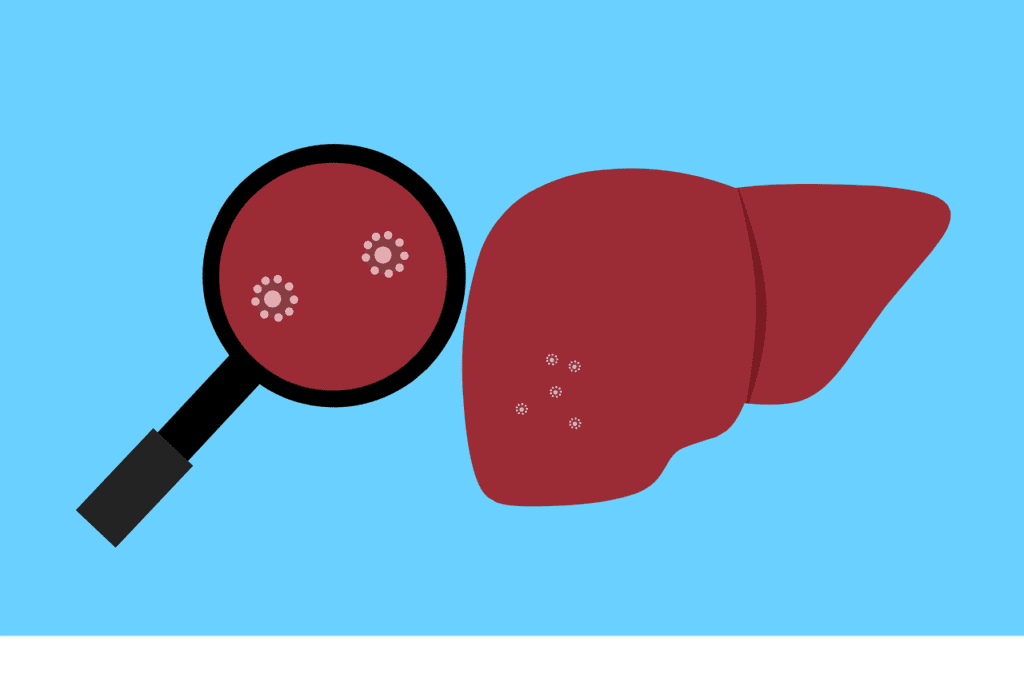Rare disease patients often face obstacles when it comes to the different aspects of care, whether that’s diagnosis, screening, or management. Recent research from Baylor College of Medicine investigated the disease burden and other issues present in the management and care of nonalcoholic fatty liver disease (NAFLD) and nonalcoholic steatohepatitis (NASH). It uncovered an increasing disease burden that requires improvements to the current system.
About NAFLD
Nonalcoholic fatty liver disease occurs when fat builds in the liver of someone who drinks little to no alcohol. The accumulation of fat causes pain in the upper right abdomen and fatigue, and as more builds up, symptoms progress to a swollen abdomen, jaundice, enlarged blood vessels and spleen, and red palms. Managing this condition is integral, as it can lead to complications like cardiovascular disease, liver failure, cirrhosis, and liver cancer.
Medical professionals do not know why some people develop this condition while others do not, but they have identified risk factors: obesity, type 2 diabetes, insulin resistance, high blood sugar, sleep apnea, polycystic ovary syndrome, high cholesterol, high levels of fat in the blood, being of older age, and an underactive thyroid or pituitary gland. Lifestyle changes are the best way to treat this condition, such as losing weight, eating a healthy diet, and exercising regularly. A liver transplant may be necessary if cirrhosis has occurred.
About NASH
Nonalcoholic steatohepatitis is characterized by an accumulation of fat in the liver that results in inflammation and liver damage. It impacts those who drink very little or not at all. If left untreated, it can lead to cirrhosis and liver failure, mimicking the disease that affects heavy drinkers. NASH sees symptoms like jaundice, weakness, fatigue, itching, swelling in the legs and abdomen, mental confusion, weight loss, loss of appetite, nausea, vomiting, abdominal pain, and spider-like blood vessels. All of these effects are the result of a buildup of fat, but doctors are unsure as to why this occurs. They have only identified a number of risk factors: type 2 diabetes, obesity, metabolic syndrome, and high cholesterol. Because these are the only understood contributing factors, they also influence treatment. Doctors will suggest that one loses weight, avoids alcohol, maintains a healthy diet and exercise schedule, controls diabetes, and lowers cholesterol.
About the Research
The goal of this research was to gain a better understanding of the burdens and obstacles that NAFLD patients face in order to create guidelines for care. To accomplish this goal, researchers reviewed global literature concerning NASH and NAFLD.
They discovered that these patients have been facing a steadily increasing disease burden. In fact, a quarter of the globe is impacted by NAFLD, with the percentage rising dramatically for those with type 2 diabetes (>60%). To combat these issues, the researchers gave the following recommendations:
- Improvements in diagnostic techniques
- The current strategy – liver biopsy – is invasive and comes at a high cost
- Multidisciplinary care
- This is especially important when NAFLD progresses into NASH
- There must be improvements in referrals and connectivity, alongside the development, validation, and integration of algorithmic approaches
- This is especially important when NAFLD progresses into NASH
- Improvements in noninvasive methods and tests in regard to disease management
- Harmony across the healthcare sphere in regard to guidelines for diagnosis, management, and treatment
Looking Forward
The increase in disease burden and prevalence points to the need for improvements and positive change in the management and care of NAFLD and NASH. The researchers point out that this effort is especially important for high-risk groups, such as those with obesity or type 2 diabetes.
Find the source article here.







